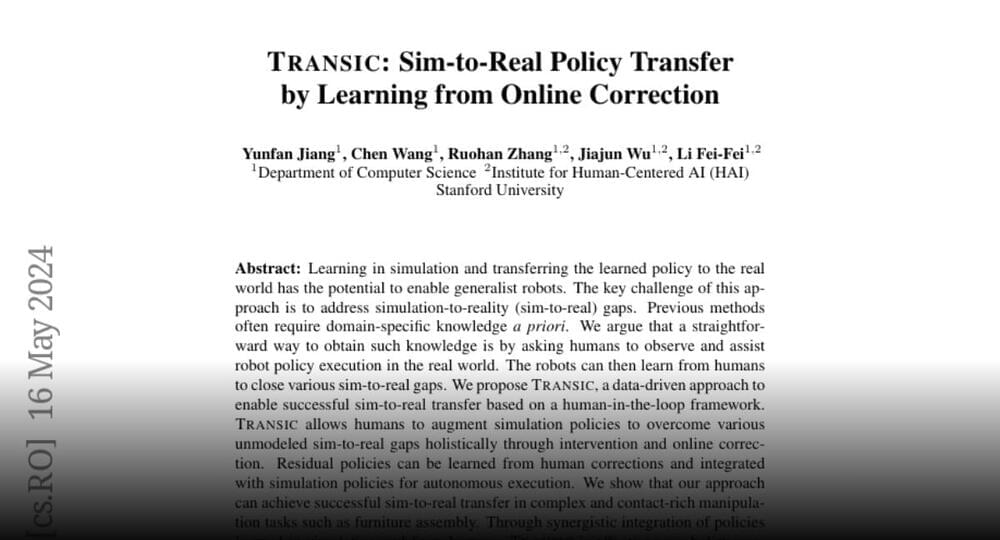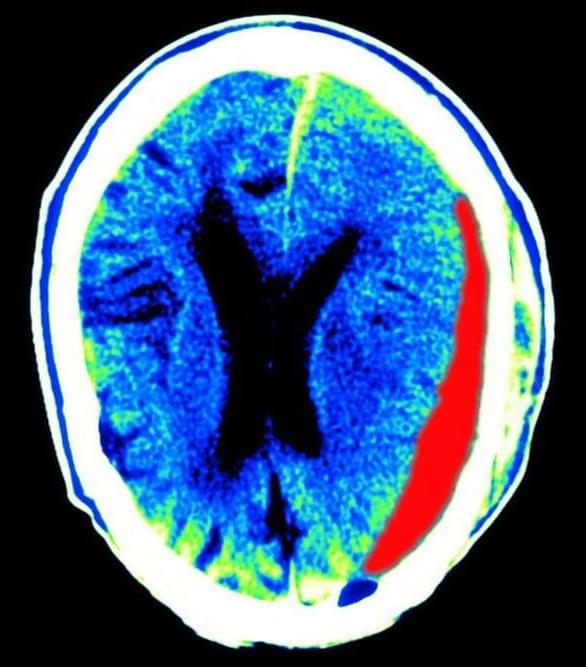OpenAI and Reddit reach deal that will give ChatGPT access to content on the social media platform.


Country folk tend to like the independence offered by their cars, so how do you get them to use public transit? The Monocab system may be the answer, as it utilizes individual on-demand pods that travel on existing abandoned railways.
It’s a bit of a vicious circle. Many people in rural areas prefer using their cars for getting to and from urban centers whenever they want, as opposed to waiting for the few buses or trains. This lack of interest in public transit results in even fewer buses and trains being offered, leading to even less uptake by the locals.
As a result, in countries such as Germany, many rural commuter railways are now largely unused. What’s more, because not everyone wants to wait for public transit or make a long drive, an increasing number of people are choosing to live in cities instead of the countryside.

Sony has shown off its new surgical robot doing some super-precise work sewing up a tiny slit in a corn kernel. It’s the first machine of its kind that auto-switches between its different tools, and has successfully been tested in animal surgery.
It’s designed to help in the field of super-microsurgery, a highly specialized field in which surgeons operate on extremely small blood vessels and nerves, with diameters well under 1 mm (0.04 in). As you might imagine, this kind of thing requires incredibly steady hands, and specialists in this field often do their work whole looking through a microscope.
Thus, it’s an ideal place for some robotic assistance, and there are a number of surgical robots already in clinical use from companies like Intuitive Surgical, Stryker and others. We’re not talking fully autonomous AI-powered robot surgeons here, we’re talking teleoperation tools that allow surgeons to magnify their vision while shrinking their hand motions.


A British consortium with funding from the UK government has successfully tested what it calls “un-jammable” quantum navigation tech in flight.
Geopolitical tensions and warfare have introduced GPS jamming as a means of messing with enemy communication and navigation. This can cause disturbances for both military and civilian transportation and location services.
The quantum-based navigation system is called Positioning, Navigation, and Timing (PNT). Its developers are quantum technology firm Infleqtion’s UK subsidiary in collaboration with aerospace company BAE Systems and defence tech contractor QinetiQ, among others.

From Stanford TRANSIC: Sim-to-Real Policy Transfer by Learning from Online Correction.
From Stanford.
TRANSIC: Sim-to-Real Policy Transfer by Learning from Online Correction.
Learning in simulation and transferring the learned policy to the real world has the potential to enable generalist robots.
Join the discussion on this paper page.

A quantum internet would essentially be unhackable. In the future, sensitive information—financial or national security data, for instance, as opposed to memes and cat pictures—would travel through such a network in parallel to a more traditional internet.
Of course, building and scaling systems for quantum communications is no easy task. Scientists have been steadily chipping away at the problem for years. A Harvard team recently took another noteworthy step in the right direction. In a paper published this week in Nature, the team says they’ve sent entangled photons between two quantum memory nodes 22 miles (35 kilometers) apart on existing fiber optic infrastructure under the busy streets of Boston.
“Showing that quantum network nodes can be entangled in the real-world environment of a very busy urban area is an important step toward practical networking between quantum computers,” Mikhail Lukin, who led the project and is a physics professor at Harvard, said in a press release.

A substantial proportion of people with a traumatic brain injury who had their life support withdrawn may have survived and at least partially recovered, a study suggests.
Traumatic brain injuries can occur due to a forceful blow, a jolt to the head or an object entering the brain, such as a bullet…
After comparing people with brain injuries whose life support was continued with those who had it turned off, scientists calculated that around 40 per cent in the latter group may have made some recovery.
